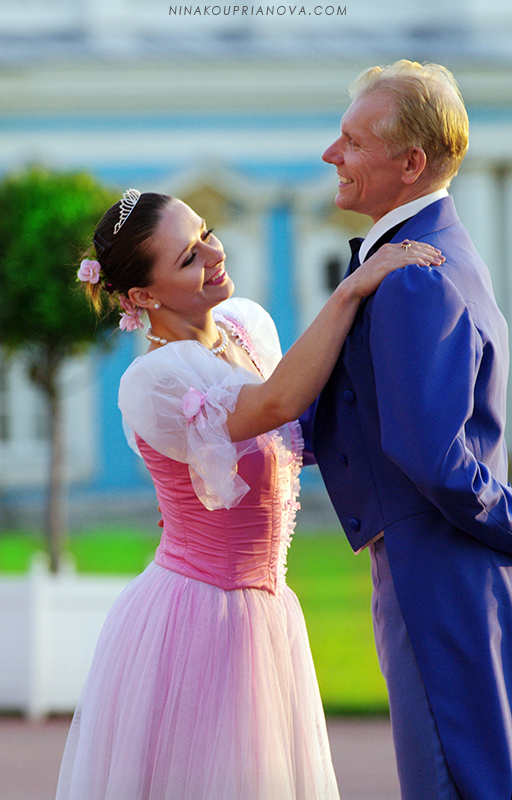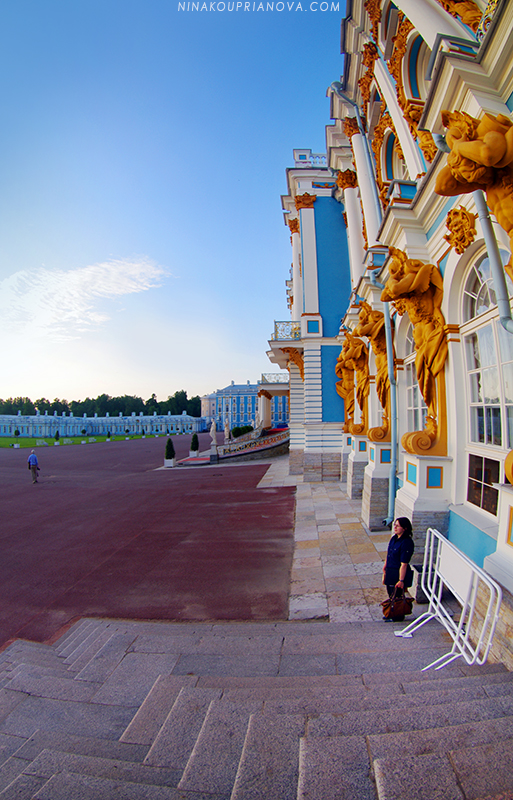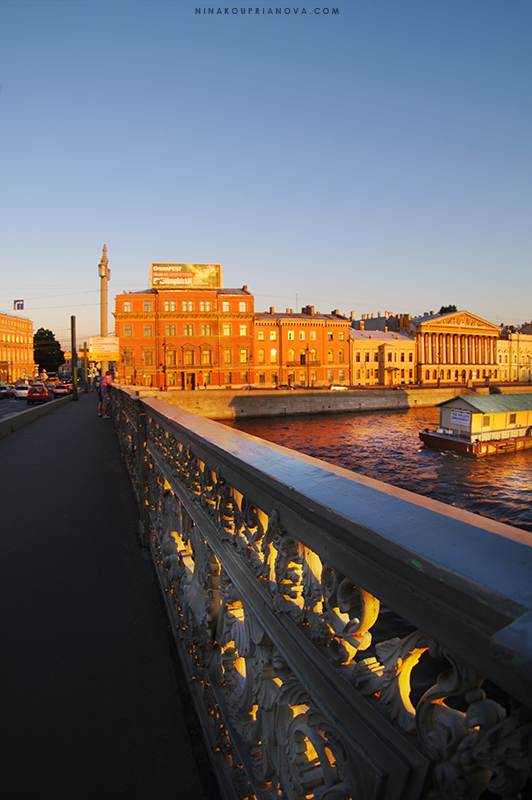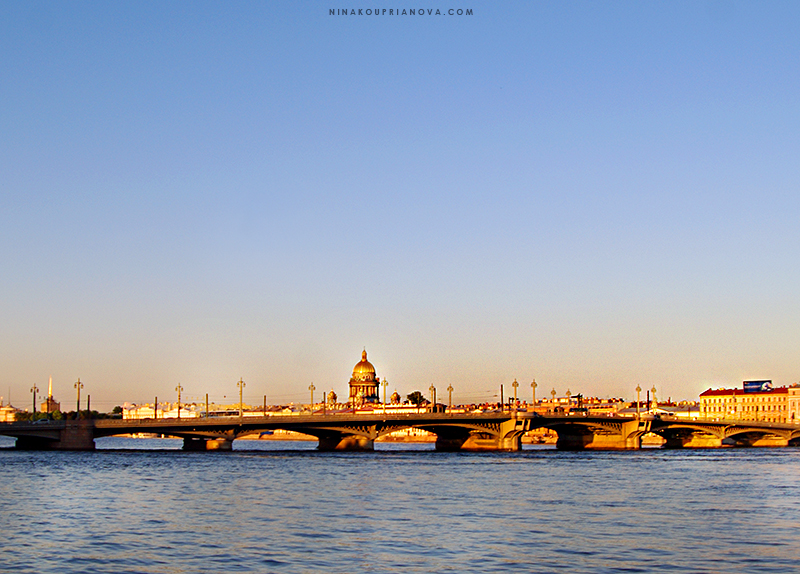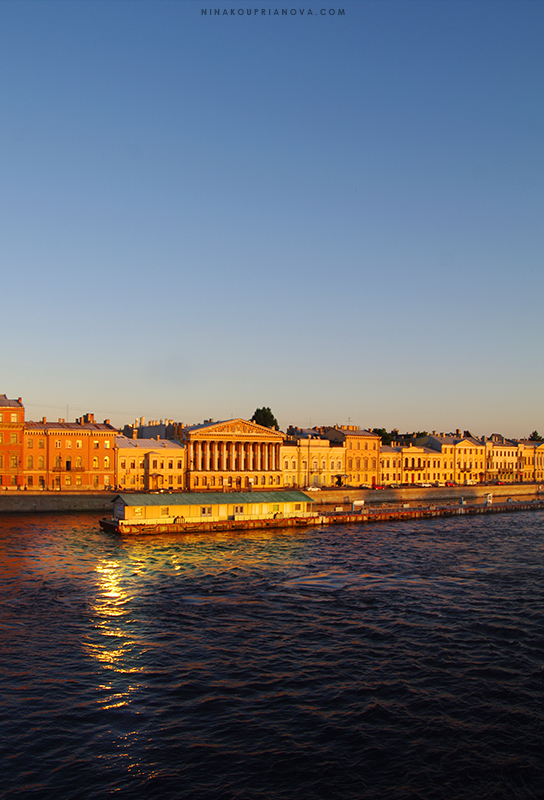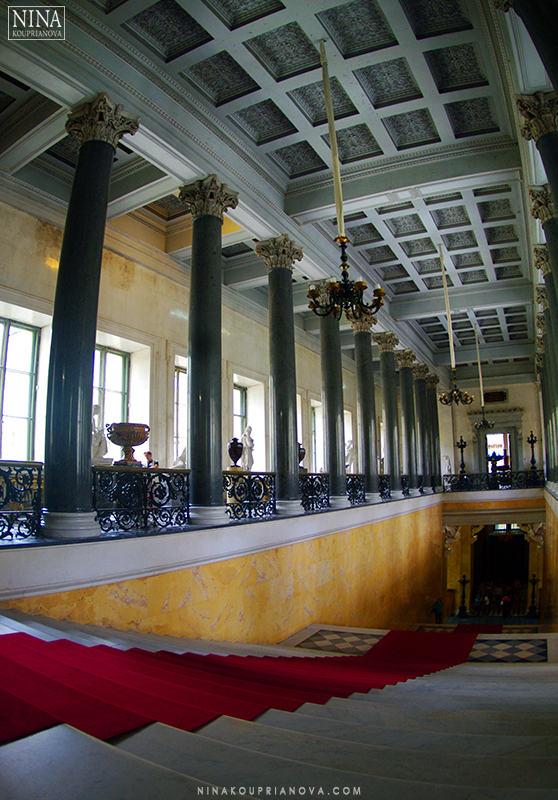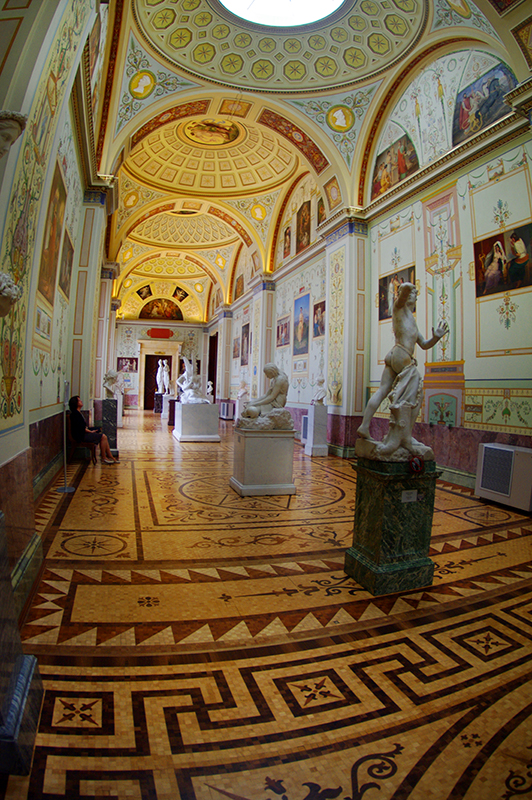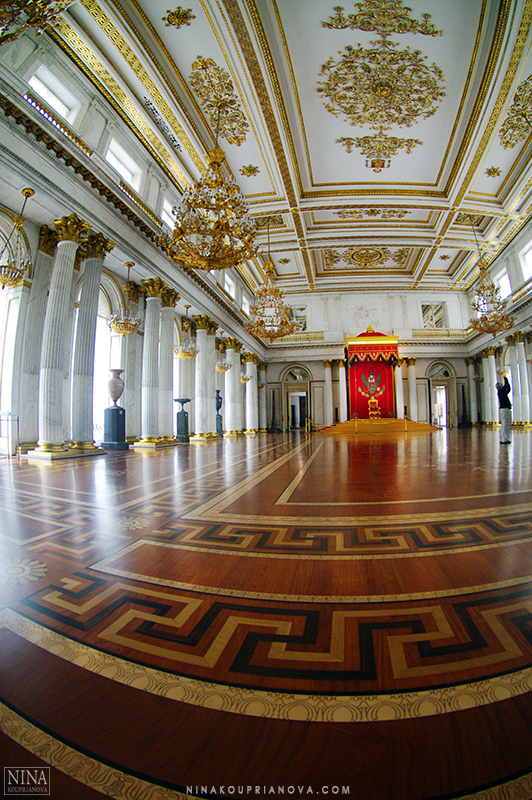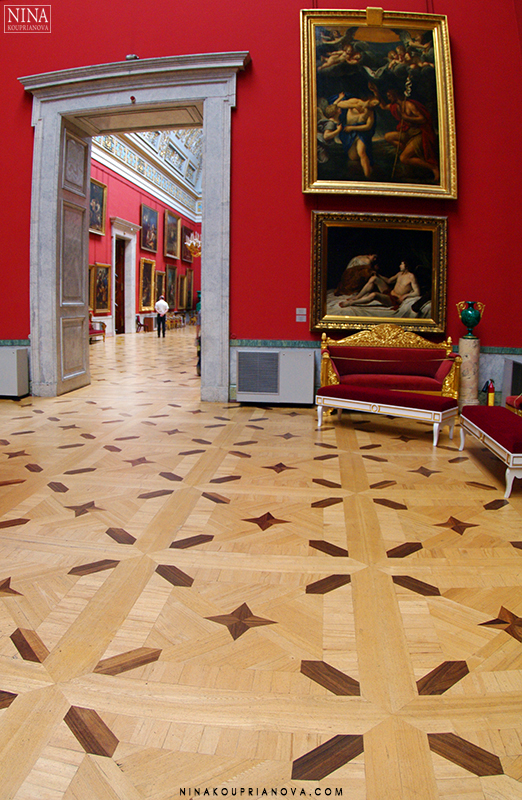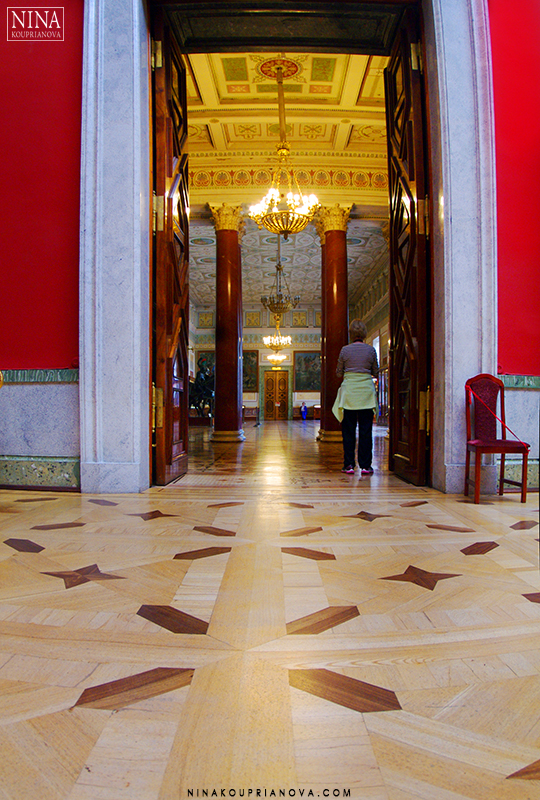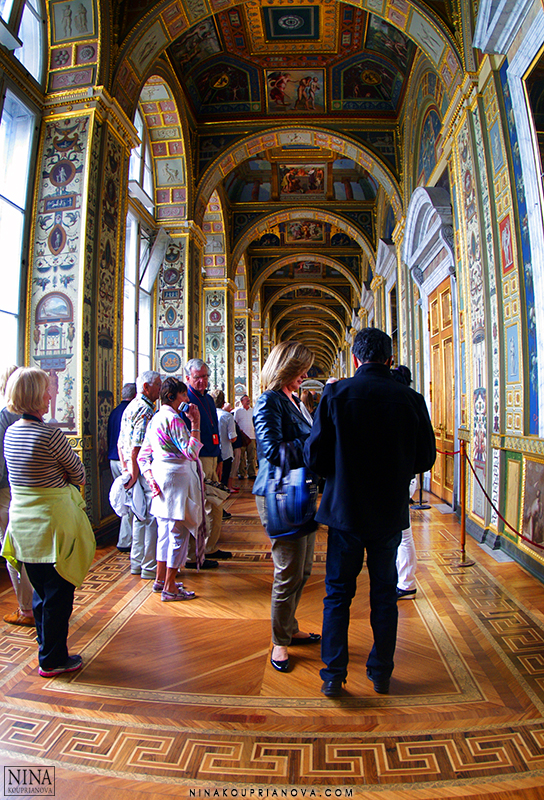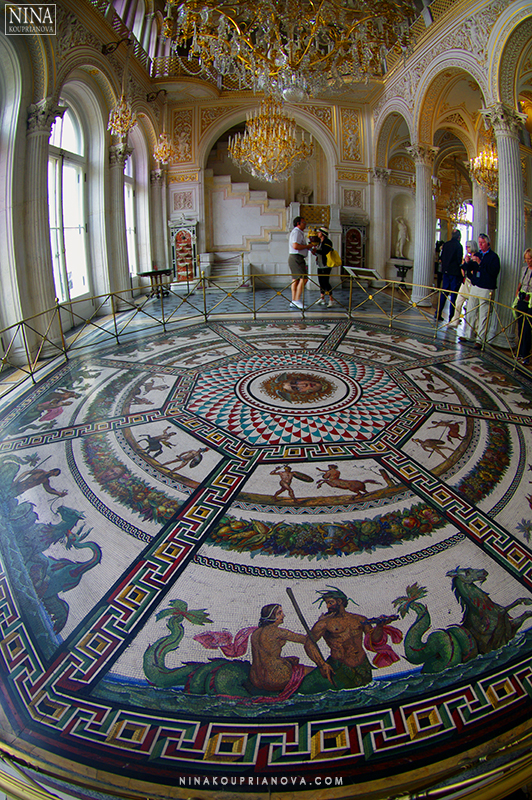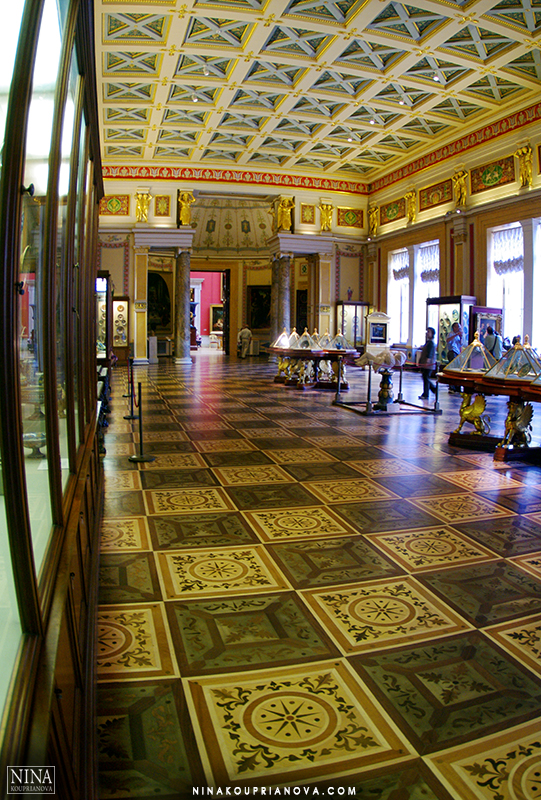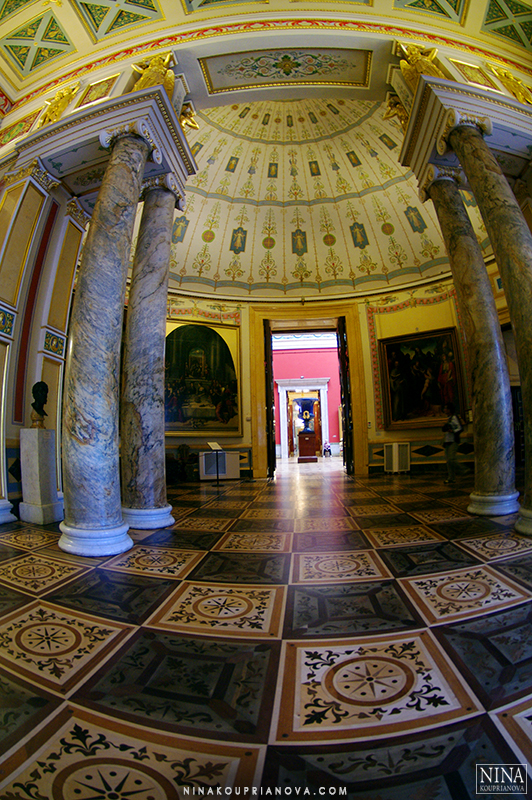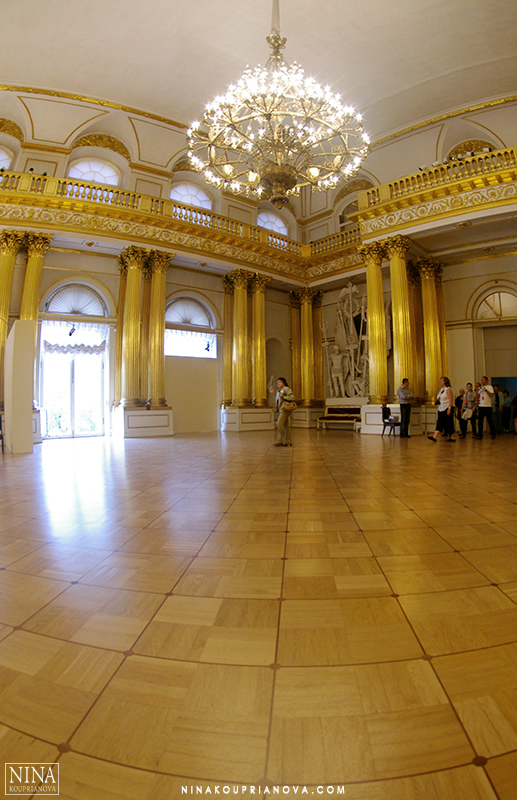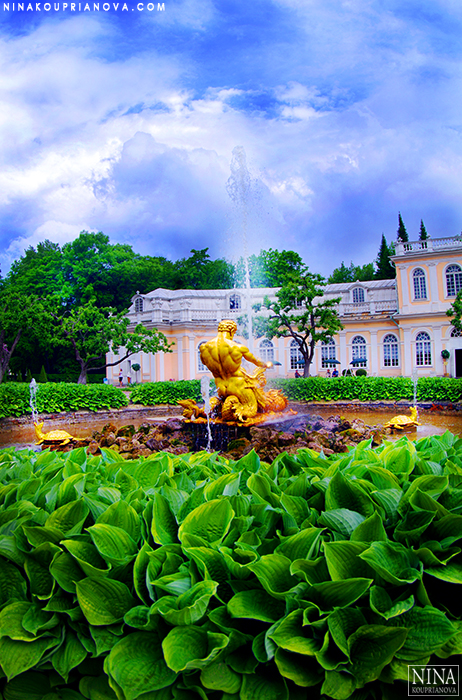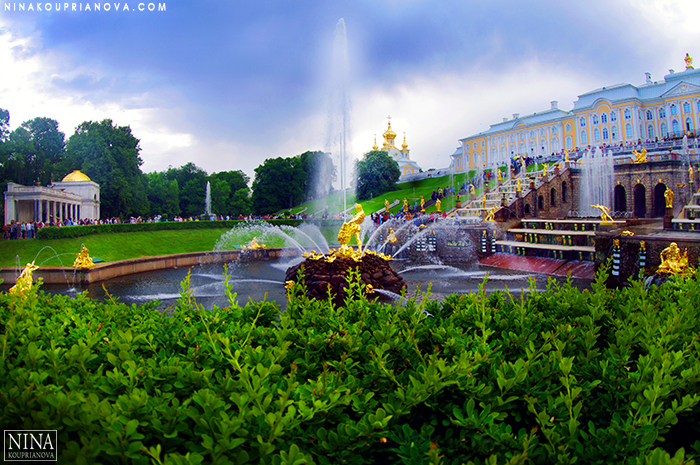"It was wrong, all wrong," I thought.
The outfits? Too Disney. The girl? Too much makeup.
To top it off, if she were trying to portray a young Catherine the Great, with which this palace in Pushkin was usually associated, then she looked too Slavic to be Germanic.
Indeed, her features were somewhat common, peasantly: she even had the famous Russian "duck nose," unlike the country's nobility, if physiognomic studies of portraiture were to be believed.
And what were they dancing, anyway? Mazurka? The Polonaise? Was this, at least, historically accurate? The latter, of course, was a sign of my own ignorance, but who'd want to admit that?
There was something about the Rococo spirit of this place itself that made me feel rather haughty (more so than usual!). "Well, at least the lighting is nice," I finally admitted.
